Three's Company, Four's a Crowd: Bitfinity Giving Blockchains a Helping Hand in Solving the Blockchain Trilemma
This article explores the blockchain trilemma, which refers to the difficulty of achieving optimal scalability, security and decentralization within blockchain networks. It examines how solutions like Bitfinity are working to resolve this challenge and enable wider blockchain adoption.
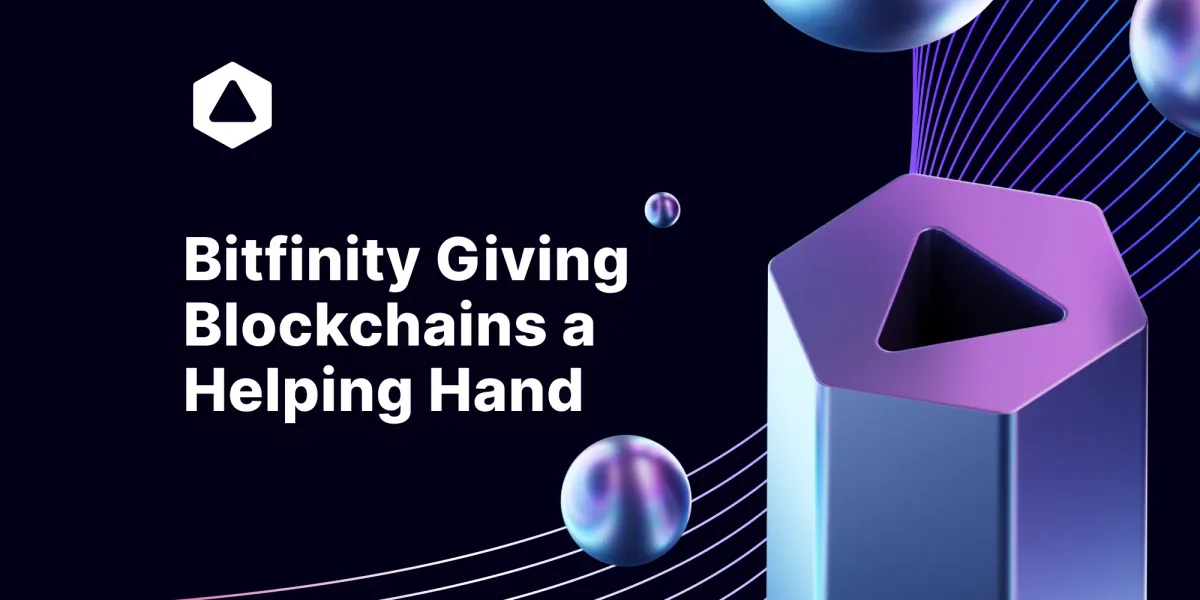
Since the inception of blockchains, there has long existed a dilemma involving three very important features of blockchain, generally known as 'The blockchain trilemma'. This trilemma presents a significant challenge within the blockchain space that needs to be addressed sooner rather than later. We take a look at this famous trilemma - what it comprises and how Bitfinity can help resolve this bottleneck affecting almost any blockchain known to date.
What Is the Blockchain Trilemma?
The blockchain trilemma simply refers to the difficulty in achieving a perfect balance between security, scalability, and decentralization within a blockchain network.
The term 'blockchain trilemma' was a concept first introduced by Ethereum creator Vitalik Buterin, where he stated it was a fundamental challenge that a blockchain system simply cannot achieve an optimal balance of three core properties—without compromising on at least one facet.
In the 15 years that blockchain has existed, no solution has been found where all three components are garnered in the same way they should be
Decentralization
Maybe the core facet of blockchain technology is the decentralization aspect as it prevents any single individual or organization from having control, ensuring the network is resistant to censorship.
Decentralization is a fundamental design principle of blockchain technology that seeks to distribute control and influence away from a centralized entity.
But there is always a flipside, as a highly decentralized network and an increase in the number of parties needed to achieve consensus can lead to slower transaction times and lower scalability, thus impacting the network's efficiency.
Security
If we are going to store value ‘onchain’ we might as well do it in a secure environment. So the second core principle is blockchain security. Security in blockchain is crucial as it ensures that the system is resistant to tampering and fraud.
In decentralized systems, security is achieved through cryptography and consensus mechanisms like Proof of Work (PoW), Proof of Stake (PoS), and even Proof of Useful Work (PoUW). These mechanisms require a significant amount of effort, and if you are a malicious actor it would be much more difficult to even attempt to tamper with them.
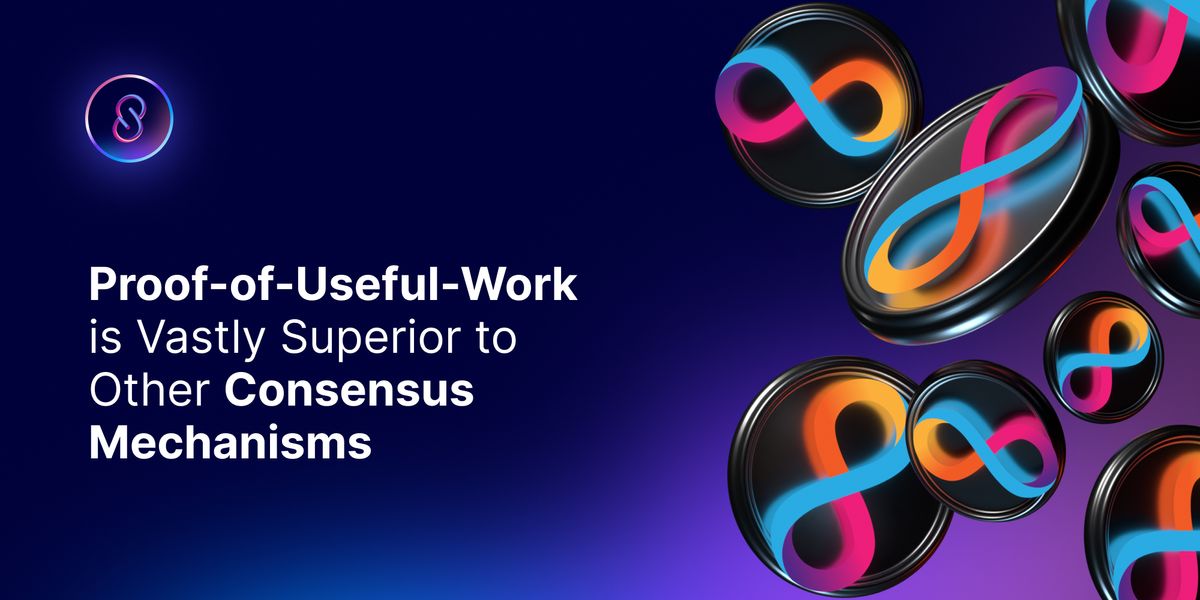
We see that large and more decentralized networks like Bitcoin are less susceptible to such threats due to their distributed nature and the high costs of attempting attacks. However, all these security efforts can lead to a concentration of power among fewer participants, thus affecting decentralization. Check out exactly who runs the security of the Bitcoin network here.👇

Scalability
A third important factor is scalability, which refers to a blockchain's ability to handle growing workloads and transaction volumes. Blockchains that lack scalability face challenges in maintaining performance levels as usage increases. So when large numbers of people use the blockchain, it can become jammed or simply halt completely. As occurred when inscriptions overwhelmed the blockchain space.

If we are lucky, we just have to pay higher fees and wait longer due to slower transaction times. But often, enhancing scalability means making trade-offs with decentralization and security.
To compete with the efficiency of centralized systems, blockchain networks must find compromise on these other two aspects or find innovative ways to scale effectively.
Trade-offs Blockchain Trilemma
So now we know the three components in the 'Blockchain Trilemma', which involve choosing between decentralization, security, and scalability. We can start to understand how it affects us and why this needs to be solved or addressed.
High Gas Fees
The most telling sign that a blockchain is hitting scaling limitations is high gas fees. This indicates that the network is struggling to process transactions efficiently due to constrained capacity. This is the biggest issue because sometimes sending a transaction may cost more than the transaction itself. For very many blockchain enthusiasts, this scenario serves as the final straw that leaves them sitting on the sidelines.
Slow Transaction Speed
In a decentralized and secure network, every transaction must be checked across the entire network and validated by multiple parties, and by multiple we really mean a lot.
This could lead to long confirmation times and will determine whether people choose centralized systems that process transactions much faster because decisions are made by a single authority or a small group of entities, rather than a vast, distributed network of participants.
Can Layer-2 Solutions Address the Blockchain Trilemma?
As discussed in many articles on this blog, innovative solutions are being built as we speak. The need for reinventing the wheel isn’t quite necessary, but the need to build a new layer on top is. We call these layer-2 solutions, which operate on top of the base blockchain (layer one).
These solutions do not alter the underlying blockchain but provide an additional layer that can process transactions or information more efficiently. If you want to learn more about the different layers-2 on Bitcoin, please read our article here.👇
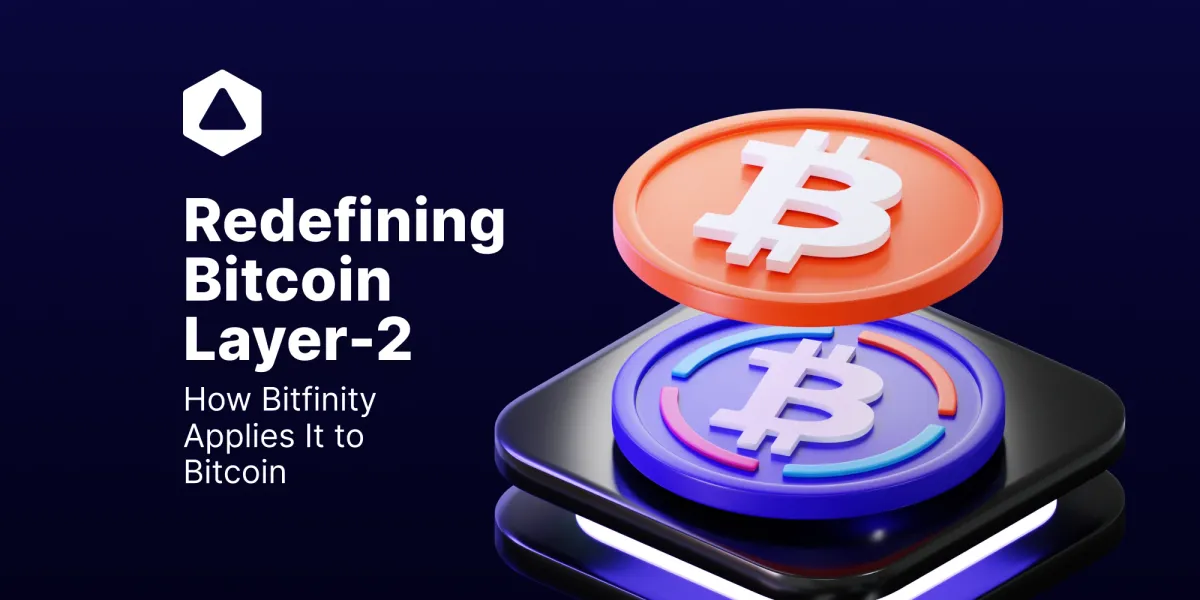
If you are interested in the different L2 solutions being built on Ethereum, check out this article.👇
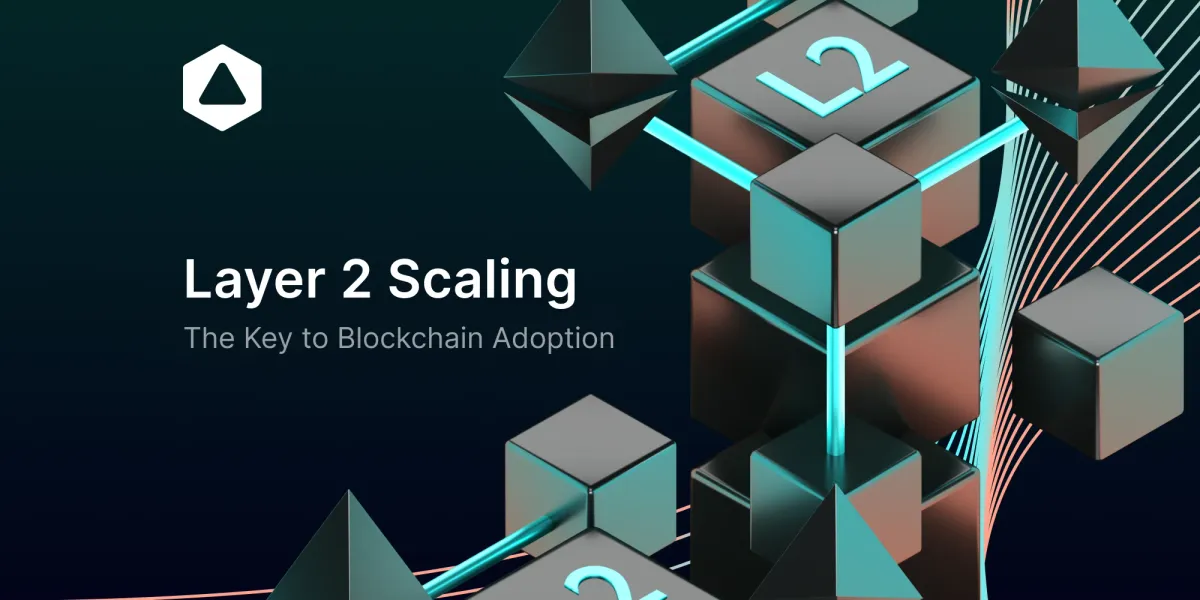
In the above articles, you’ll find a lot of examples of layer-2 solutions, which allow for rapid transaction processing off the main chain, thereby enhancing scalability without compromising the network's decentralization or security.
Defining a Layer One Blockchain
A layer one refers to the foundational level of a blockchain, which is the main network where transactions are recorded and stored. Bitcoin is the most prominent example of a layer one blockchain.
Layer 1 in the context of Bitcoin is the original blockchain technology, complete with its consensus mechanism.
It is defined by its own native token used for transaction fees and its ability to incentivize transactions on its network. This self-contained ecosystem is what makes Bitcoin the perfect example of a layer one blockchain.
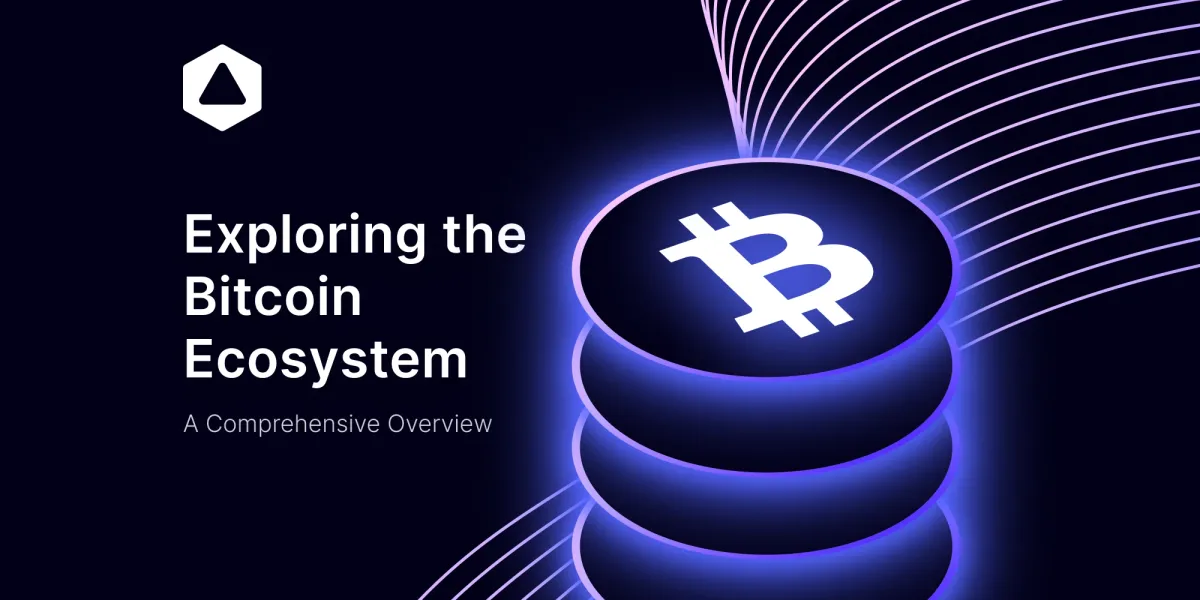
Bitcoin an Ideal Base Layer
We’ll focus for this article on the oldest and biggest blockchain, 'Bitcoin'. The Bitcoin network stands as the most decentralized and secure base layer, making it an optimal foundation for various on-chain financial activities beyond simple payments.
A whole untapped chain, with the most dormant capital and biggest name and first mover advantage where users can confidently engage in advanced on-chain financial activities, knowing they are backed by the most robust decentralized layer available.
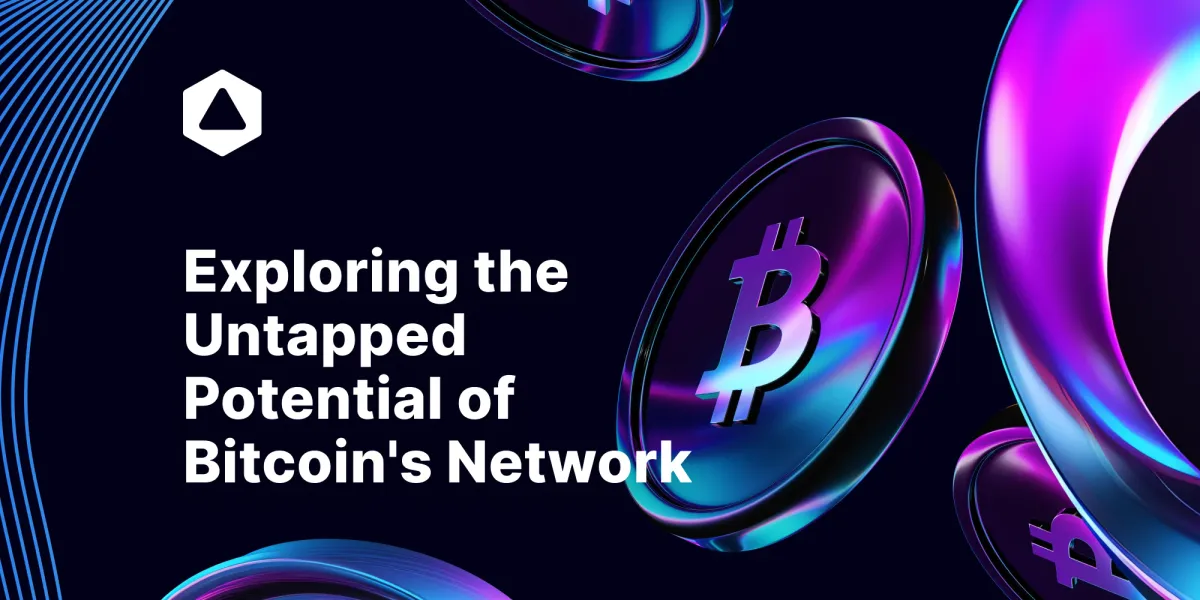
Settlement Layer
Bitcoin is designed to move large sums of money securely through space. For instance, any amount of Bitcoin can be transferred across the globe in minutes* for a fraction of that amount*.
But settlement alone is not enough, as the layer 1 must ensure the permanence and indestructibility of assets. It's not just about transferring a billion dollars to Tokyo, but about preserving that wealth for a hundred years or longer.
Bitcoin as a Bedrock
The layer 1 of Bitcoin is akin to the bedrock of a city like Manhattan. It's been there for millions of years, providing a stable foundation upon which massive structures can be built. In the same vein, layer 1 in Bitcoin is meant to be immovable, providing a secure foundation that does not deflect or change over time. A layer that is designed to be immortal, incorruptible, and indestructible.
Understanding Bitcoin's Block Size Limit
But let's not forget the infamous trilemma where, in the case of Bitcoin, the network prioritizes security and decentralization, which results in a trade-off against scalability.
Bitcoin is designed to handle a limited number of transactions to maintain high security for larger transfers. The capacity of layer 1 is approximately 350,000 transactions per day, which equates to around 100 million transactions per year. Which sounds like a lot but isn’t, knowing that Bitcoin is relatively slow in comparison to other chains.
Bitfinity Sidechain as a Layer-2 Solution
To combat the trilemma, Bitfinity has been created. As a sidechain, and one that is that runs parallel to the Bitcoin blockchain.
Sidechains are autonomous blockchains that run parallel to the main blockchain, allowing for the execution of smart contracts or validation of transactions in a more efficient manner.
Not only does Bitfinity help offload work from the main chain by processing transactions and interactions independently. It leverages the security and information from the main blockchain and acts as an extension to enhance scalability, bridging the two biggest networks, Bitcoin and Ethereum.

Bitfinity tackles these issues by introducing its Ethereum Virtual Machine (EVM) that is powered by a threshold signature scheme allowing Bitcoin to function within the EVM environment.
Bringing Over the Ethereum Virtual Machine (EVM) to Bitcoin
The Bitcoin layer's scalability challenge is twofold: to increase transaction throughput and expand the range of financial operations. This involves not just a higher TPS but also a robust Virtual Machine (VM) that supports complex transactions and smart contracts.
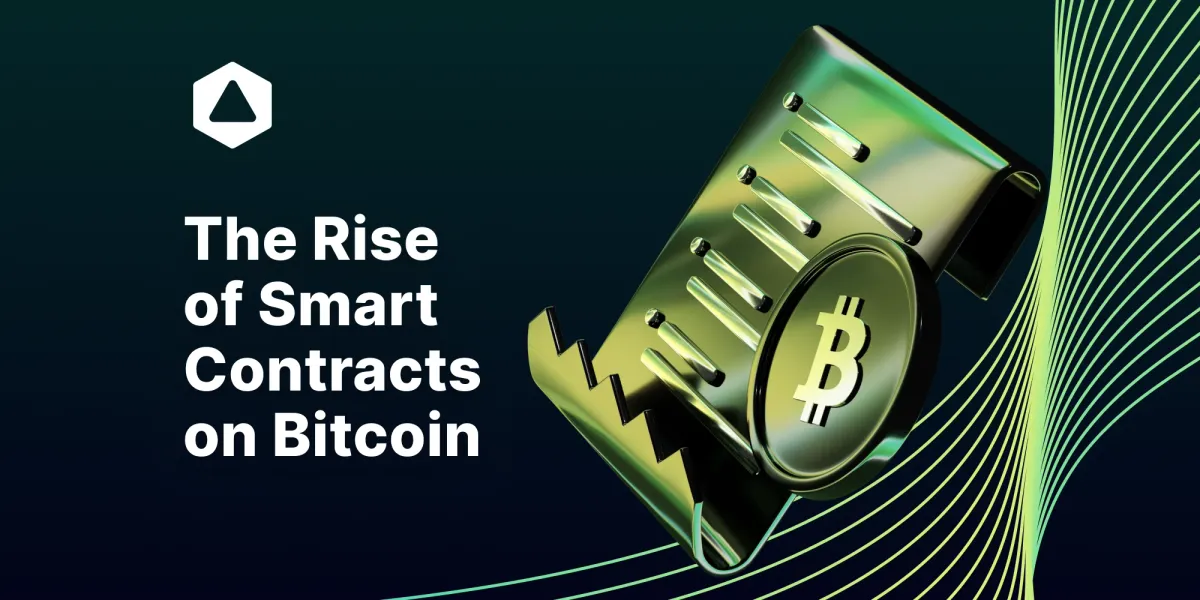
For a Bitcoin layer to support advanced financial activities such as lending or complex contract execution, it requires a programmable VM.
An efficient L2 solution such as Bitfinity opts for EVM compatibility, because combining the existing infrastructure and programming language of the biggest network allows for interoperability with the safest network. As we said, there is no need to reinvent the wheel.
Building a Scalable Bitcoin for the Future
The blockchain trilemma presents a universal challenge for developers aiming to bring blockchain solutions to a wider audience, and for users who may be priced out due to necessary compromises on scalability.
Bitfinity as a layer-2 sidechain and bridge is pivotal in overcoming scalability issues and unlocking potential for wider adoption of new functionality within the Bitcoin ecosystem. Especially as Bitcoin has seen surges of increased activity and a redefinition of its core thesis.

Connect with Bitfinity Network
Bitfinity Wallet | Bitfinity Network | Twitter | Telegram | Discord | Github

*Important Disclaimer: While every effort is made on this website to provide accurate information, any opinions expressed or information disseminated do not necessarily reflect the views of Bitfinity itself. The information provided here is for general informational purposes only and should not be considered as financial advice.



Comments ()